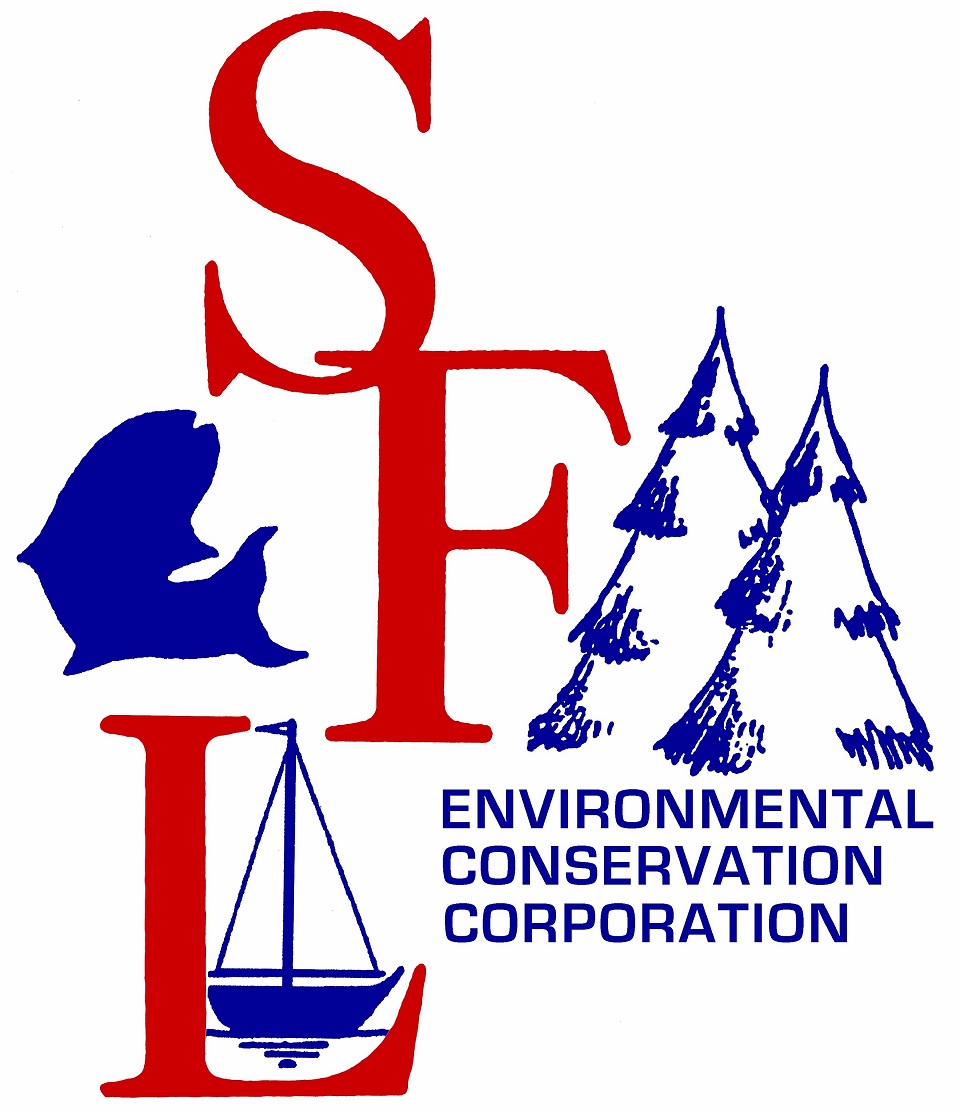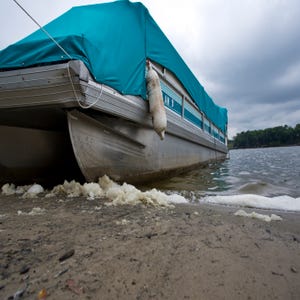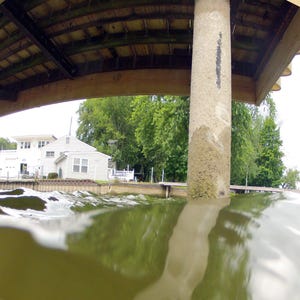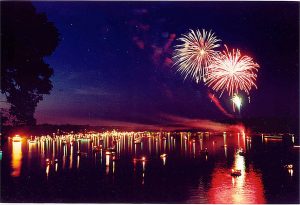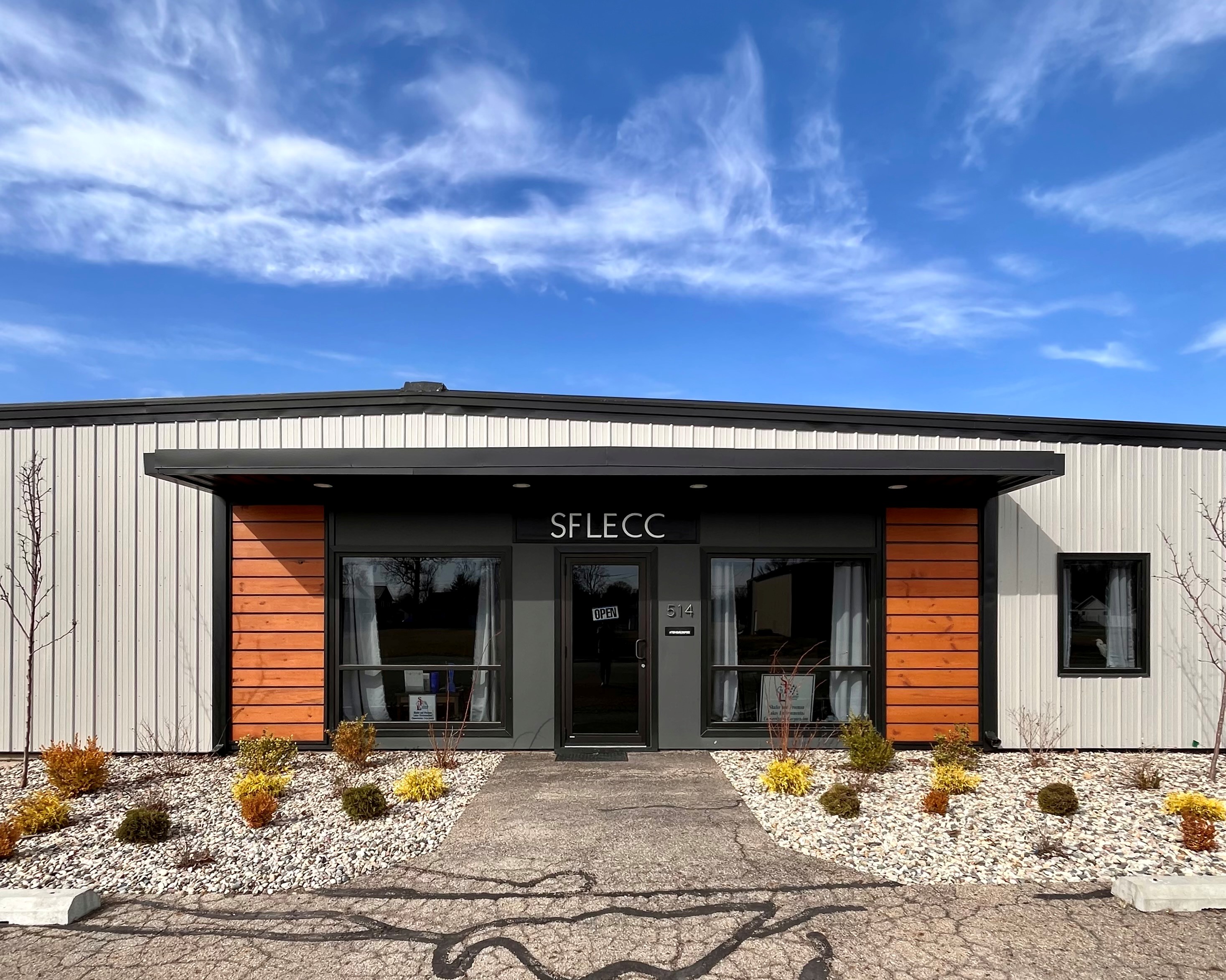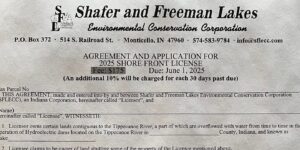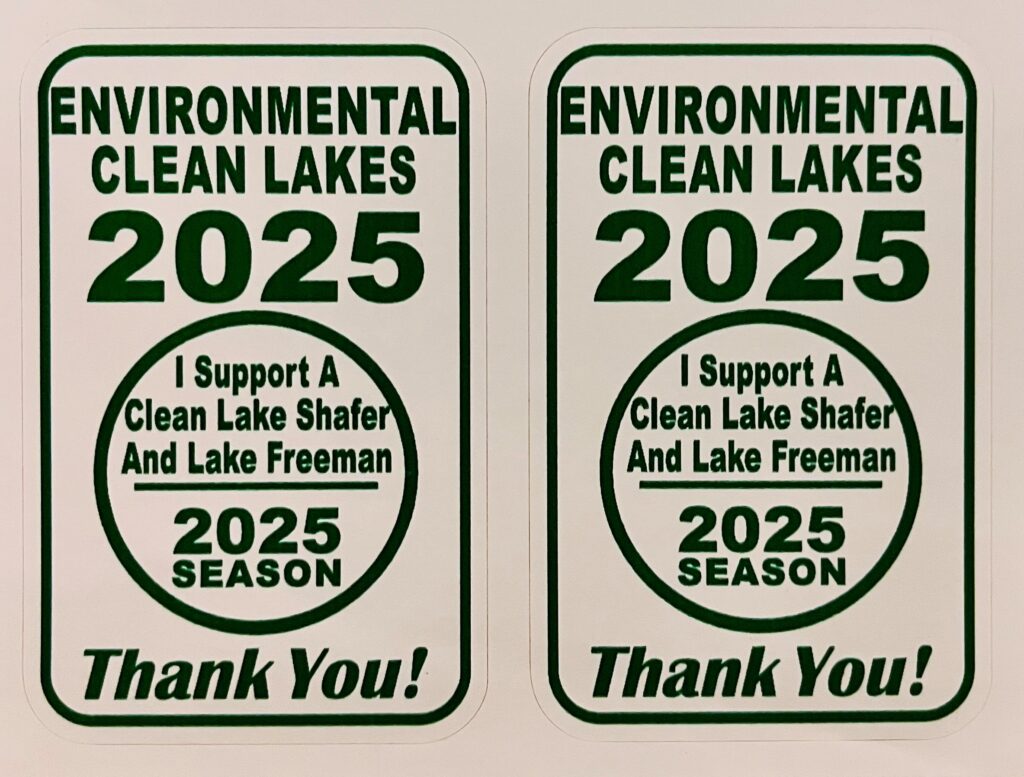FOR IMMEDIATE RELEASE
MONTICELLO, INDIANA
DATE: August 16, 2016
SFLECC MEETS WITH U.S. FISH & WILDLIFE, NIPSCO AND U.S. SENATOR DAN COATS
During the past weeks, SFLECC has continued its fight, along multiple fronts, to maintain lake levels by eliminating flow requirements imposed again this summer by the U.S. Fish and Wildlife Service (FWS). First, SFLECC has met with more than a dozen officials from both FWS and NIPSCO to address SFLECC’s concerns about the lowering of Lake Freeman. After the meeting, SFLECC Executive Director, Joe Roach commented: “FWS suggested it would consider ‘alternate solutions provided by an independent source’. FWS, however, could not immediately identify any funds that it could use to help develop the independent solution it desires.” Meanwhile, SFLECC has already spent more than $250,000 to prepare and file legal papers and expert reports demonstrating that FWS’s flow requirements are not based on sound science and should be eliminated.
Lakes Level Task Force Chairman, John Koppelmann, who attended the meeting added, “In the past 15 months, the Federal Energy Regulatory Commission (“FERC”), which will determine whether FWS’s flow mandates are made a permanent part of NIPSCO’s license, has received reports from our two expert hydrologists. Those reports demonstrate that maintaining constant lake levels is the best, scientifically-based means of providing the natural rate of flow for the mussels.”
Koppleman continued, “Once our experts’ reports were submitted, FERC’s own staff, including more than a dozen consulting scientists, as well as hydrologists commissioned by the State of Indiana also filed reports unanimously concurring with our experts about maintaining the lake levels. The science is in and we think all of these reports represent the views of ‘independent sources’ that should be adopted by FWS, without the delay and expense of more studies.”
In addition to meeting with FWS and NIPSCO, SFLECC president, Lee Kreul and Monticello Mayor Ken Houston met with U.S. Senator Dan Coats last week and requested assistance in expediting the release of the final environmental report from FERC. FERC released its initial environmental analysis last October and largely concurred with the SFLECC’s position; however, until the final report is released and FERC Commissioners determine what license requirements are appropriate, FWS’s mandate remains in effect. Kreul commented after the meeting, “Senator Coats listened to our plight and promised to make an official inquiry with FERC.”
Finally, SFLECC officers also met a member of U.S. Rep. Todd Rokita’s staff and requested assistance with FWS. “SFLECC is pulling every lever in this complicated battle, even though we don’t control the dams – – NIPSCO does – – and we are largely at the mercy of NIPSCO and FWS’s mandate.” said Kreul. Citing the Endangered Species Act, FWS first ordered increased flow during a drought in 2012 to provide more water for protected mussels below the Oakdale dam. FWS’s mandate went into effect again in 2014 and 2015.
This year, on August 4th, NIPSCO again alerted Lake Freeman residents that “Abnormal Low Flow” conditions existed because flow readings at a gauge at Winamac had dropped below 300 cubic feet per second (cfs). As a result of FWS’s mandate, NIPSCO discharged required flow rates at the Oakdale Dam that caused Lake Freeman’s levels to drop steeply. Despite this past weekend’s rain, as of the morning of Monday, August 15th the level of Lake Freeman was at ten inches below normal as reported on NIPSCO’s website – – while some residents have reported even lower readings. With heavy rainfall later in the day, the Lake was returned to normal levels.
What you can do to help:
SFLECC urges residents to:
-Contact your congressional representatives. Ask them to urge FERC to release its final report and encourage FWS to work for a balanced resolution. www.house.gov/rokita
-Contact NIPSCO. Ask NIPSCO to get off of the sidelines and join in the scientifically-based position presented in FERC’s initial report that provides for protecting the mussels by halting power generation and keeping the lakes level during abnormally low flow events. Call NIPSCO at 260-439-1260 or email lpgraham@nisource.com.
-Contact the US Fish and Wildlife at the Bloomington Indiana Field Office to express your concerns about the agency’s mandate to lower lake levels even though more than a dozen experts agree that FWS’s science is invalid:
U.S. Fish and Wildlife
620 S. Walker Street Bloomington, Indiana 47403,
(812) 334-4261 or email scott_pruitt@fws.gov
-Document property damage, dying fish and wildlife, pools of stagnant water, newly exposed stumps and other hazards as well as your inability to access the lake. Do not disturb any mussels along exposed shoreline. Post pictures of any such damage on social media and email to info@sflecc.com
-Monitor SFLECC’s Facebook page for updates.
-Donate to SFLECC’s “Keep the Lake Levels Fund”
SFLECC’s Recommendations While Lake Levels Are Below Normal:
During the low flow event, SFLECC warned lake residents to be extremely careful while boating and beware of exposed stumps and other hazards . Residents are cautioned that, while they may need to remove boats from the water, they should not move boat lifts into deeper water.
SFLECC officials urge Lake Freeman residents to monitor their website www.sflecc.com to check the Tippecanoe River flows and access links to the NIPSCO and USGS river flow data.
SFLECC officials also encourage lake residents to be proactive and aware of the lake levels by monitoring the SFLECC website for lake level details and alerts or by signing up for any of three free options for water level alerts:
1) White County Emergency Notification System at www.wcgconline.net
2) NIXLE Alerts where local NIPSCO hydro-related updates are available at www.nixle.com
3) NIPSCO alerts at www.nipscohydro.com
There are also free apps that can be downloaded to mobile devices to receive the daily flow levels for the Winamac gauge, and the gauges below Norway Dam and Oakdale Dam. The IOS apps are: “Floodwatch” and “Rivercast”. For Android devices use: “Riverflows” or “Levels-USGS Water Data”.
OTHER CONTACT INFORMATION FOR SFLECC
John Koppelmann, Lake Levels Task Force Chair
john@johnsellshomes.com 574 583-3171
Joe Roach, Executive Director
info@sflecc.com 574 583-9784
